In 1990, New York City clocked 2,605 counts of homicide—the highest count in the city’s recorded history.
Soon after, the city began to severely crack down on its violent crime rate with a tougher police force and increased misdemeanor arrests, using the “Broken Windows” approach (a theory focused on preventing smaller offenses, like vandalism and public drinking, which was believed to lead to more serious crimes). The unemployment rate also declined 39% in the city through the mid- to late-90s, which contributed to the dropping crime rate significantly. For the first time in decades, New York City was transitioning out of a dark shadow that had been plagued by an unprecedented amount of police corruption, violence, burglary and drug abuse, the likes of which we now see only in cinema. By 2016, that homicide count had dropped to 330.
There is one borough that one could argue saw the most change during this time, one that would in turn influence other metropolitan cities across America: Brooklyn. In its earlier years, Brooklyn’s Williamsburg neighborhood was largely an immigrant population (from Hasidic Jews to Puerto Ricans, Dominicans and other hispanics) working in industrial factories. But the abundance of manufacturing work began to decline by the 1990s, leaving thousands of immigrants unemployed (ironic given the decline in the citywide unemployment rate during the same time).
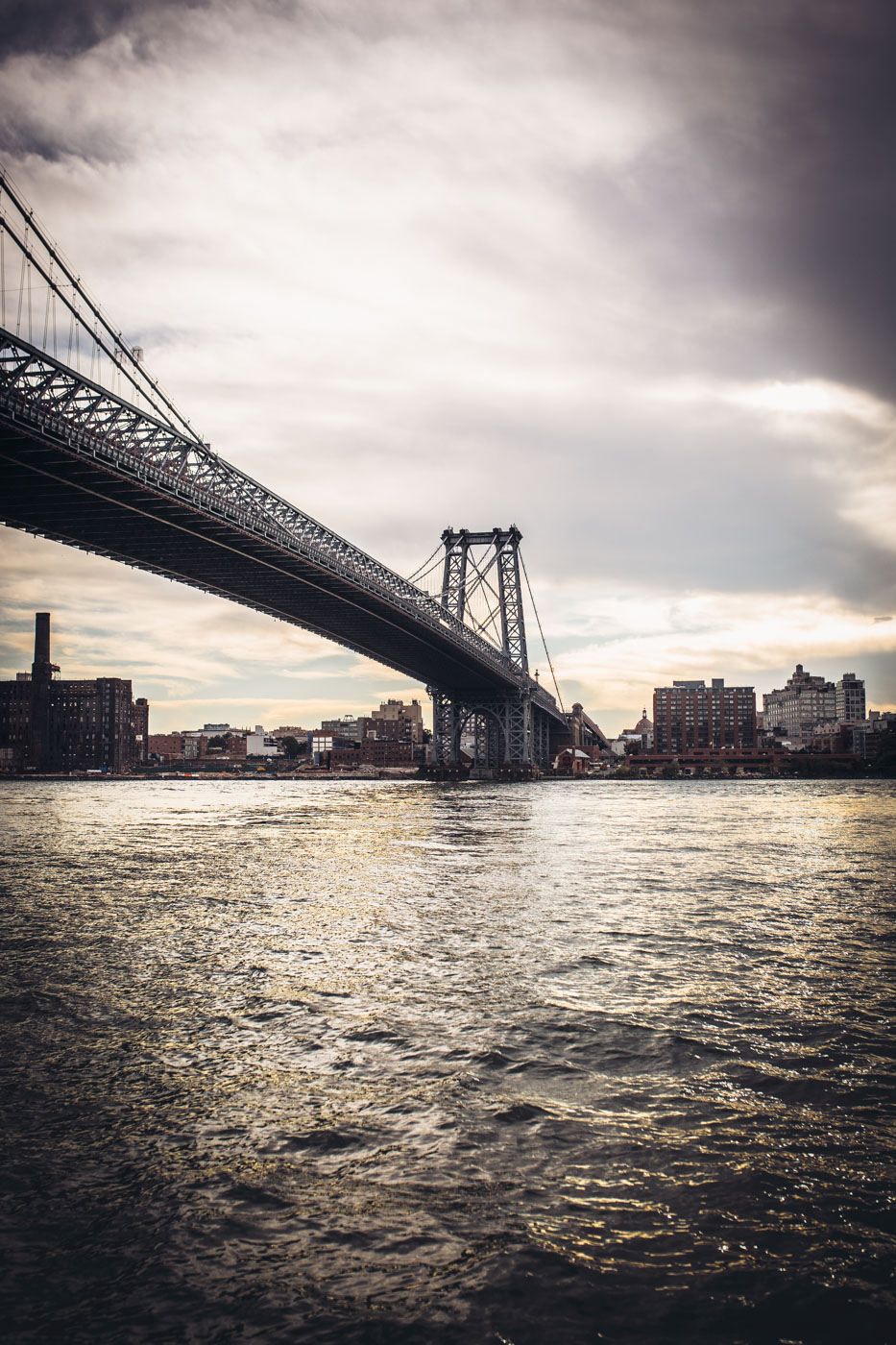
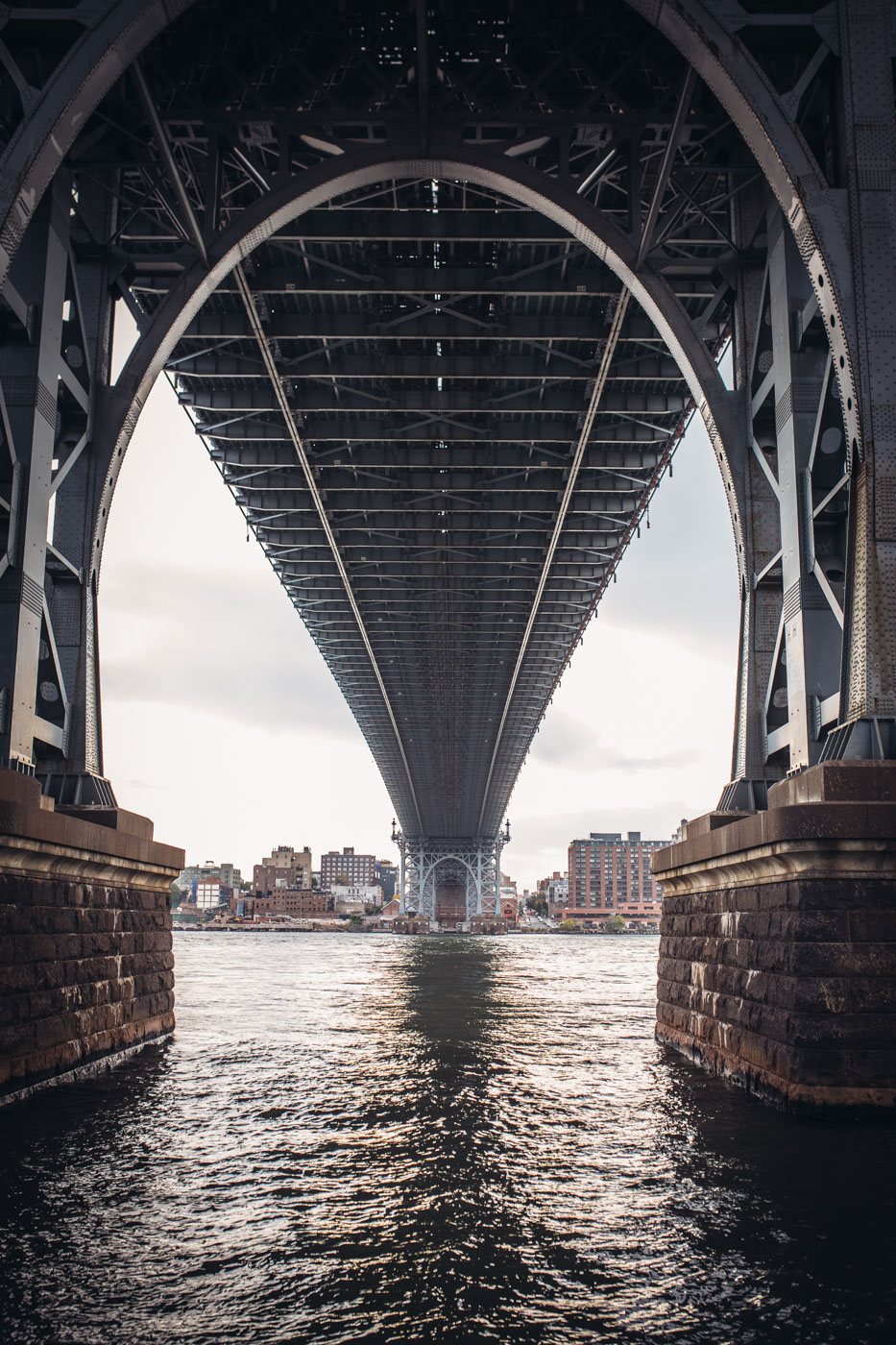
While Manhattan was beginning to see its crackdown on crime and economic revitalization, Williamsburg was largely forgotten, its streets ravaged by poverty, racism and various social issues. It would take another 20 years for this part of the city to transform itself, and it would take people truly invested in the neighborhood to help make that happen.
On New Year’s Eve of 1999, an entrepreneur named Andrew Tarlow opened a diner named—well, Diner. It was housed in a 1920s Kullman dining car underneath the Williamsburg bridge at Broadway and Berry. The focus was a wholesome eggs-all-day sort of menu that highlighted farm-fresh ingredients, local seafood and sustainable meat—an ethos implemented by Diner’s first chef Caroline Fidanza, an alum of Savoy. “Farm to table” menus might be as common as breathing air in Brooklyn, 2017, but in 1999, this part of New York City was best known as the wild west (or east if we’re being geographically accurate).
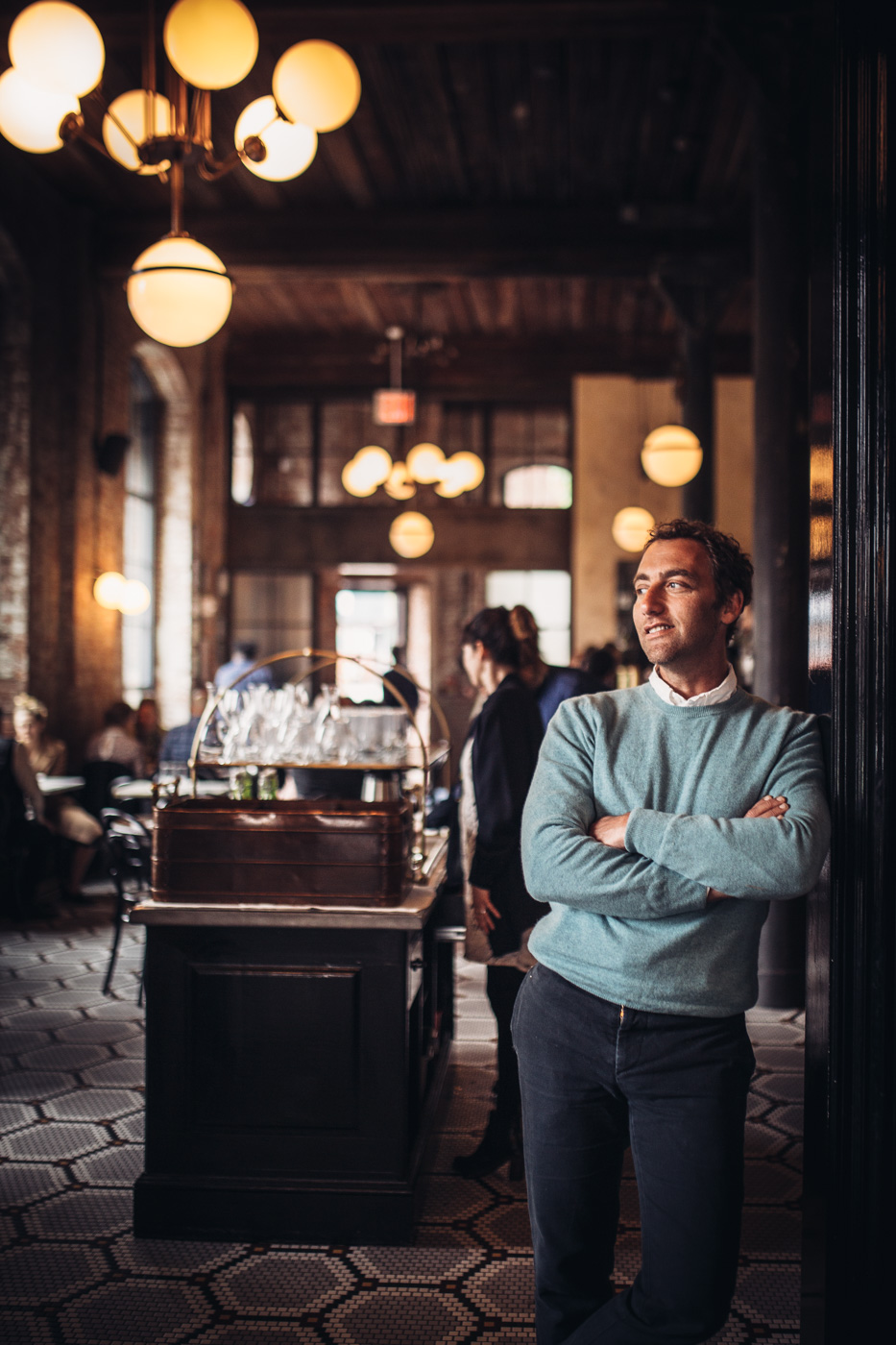
By this point, many artists, like Tarlow, had ventured into the neighborhood, retrofitted old factory buildings into living lofts—many of them unregulated. The community mostly kept to itself; the vibrant bar and restaurant scene of today was nonexistent—at least until Diner opened its doors. Unbeknownst to Tarlow, he was trailblazing a movement that would change Williamsburg forever.
Following Diner, Tarlow opened Marlow & Sons in 2004, a neighborhood joint for oysters, a late-night drink and everything in between. Then in 2009, Tarlow opened the Italian-inspired Roman’s in Fort Greene. In 2012 came one of his most ambitious projects, Wythe Hotel, which he opened with partners Peter Lawrence and Jed Walentas. Housed in a refurbished factory constructed in 1901 near the Brooklyn waterfront in North Williamsburg, this boutique hotel embodies the grit of a bygone Brooklyn while also embracing the now dominant creative class. But to many, the highlight of the hotel is its all-day and ultra-seasonal restaurant, Reynard, helmed by chef Sean Rembold who first entered Tarlow’s world at Marlow & Sons as a sous chef.
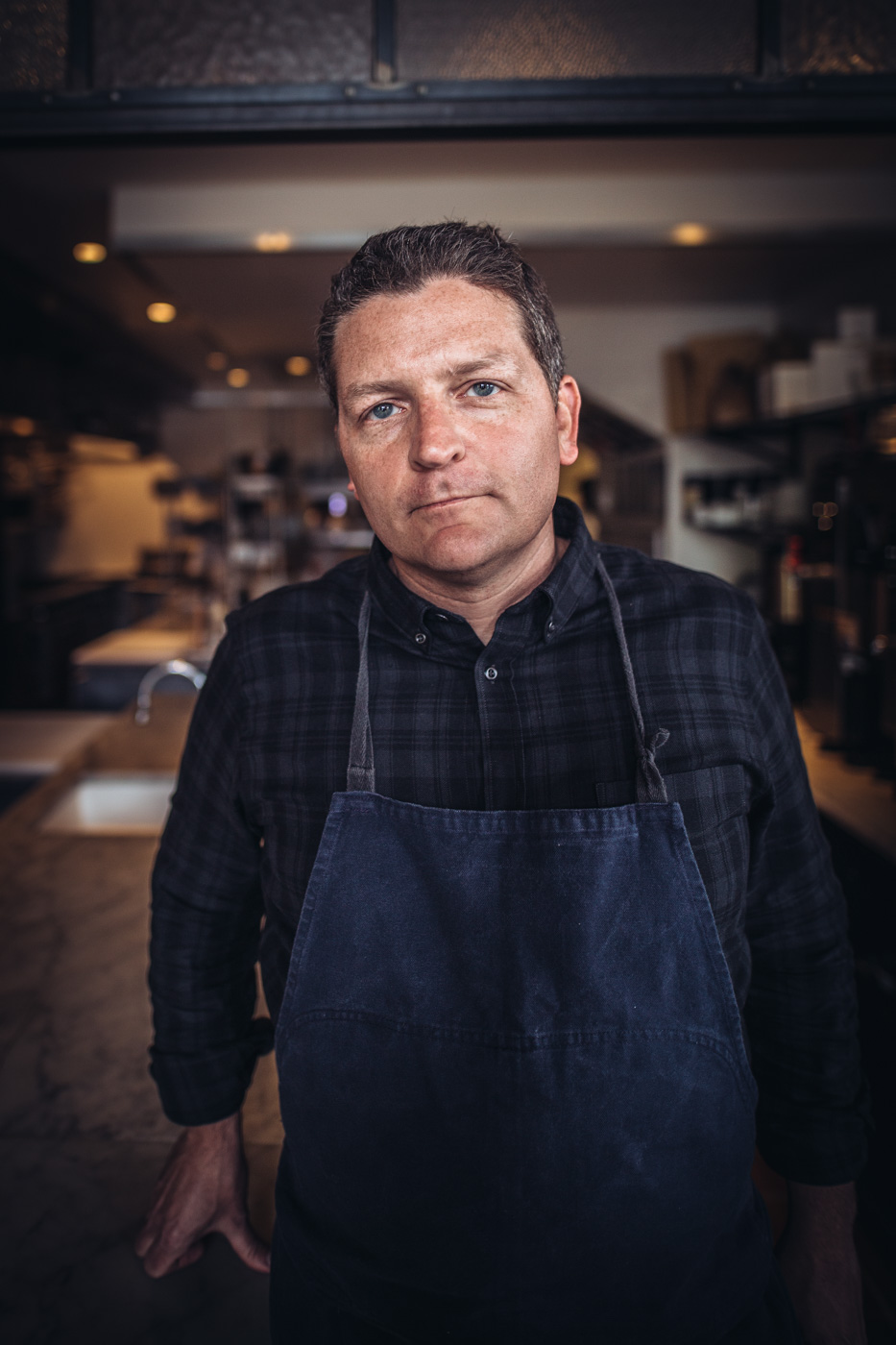
Today, walk to nearly any Williamsburg corner and you’ll find handcrafted doughnuts, specialty coffee, or even artisanal mayonnaise. The streets are no longer a wasteland of neglected industrial factories, but are instead an enclave of creative and young inhabitants hungry for craftsmanship and liberal freedom. Although things aren’t perfect—rents may not be as artist friendly as they were in the pre-Diner days—entrepreneurs like Tarlow helped transform a part of New York City once forgotten into a culturally rich destination east of the Williamsburg bridge.
——
After the lunch rush ended on a rainy Tuesday, over double shots of espresso, I sat across from Mr. Tarlow and Chef Rembold in the back dining room of Wythe’s Reynard restaurant for a trip down memory lane.
Antonio Diaz: What was this building before?
Andrew Tarlow: It was originally a cooper; they made barrels for the sugar industry. Then, it became an armory for the war. The last thing before we took it over was for a manufactured fabric, specifically for speaker covers.
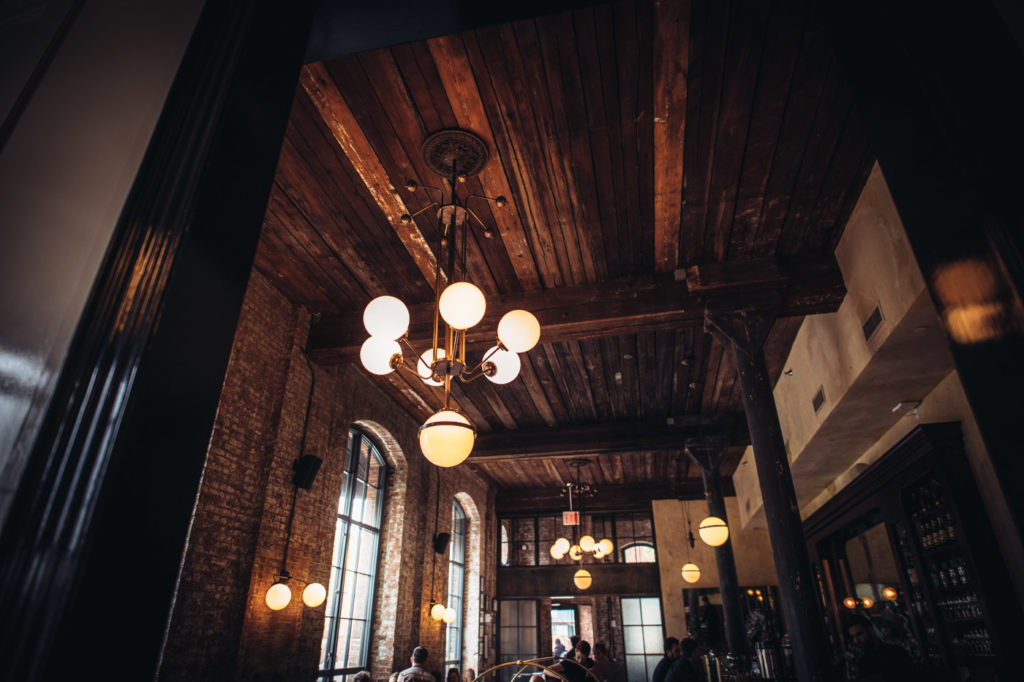

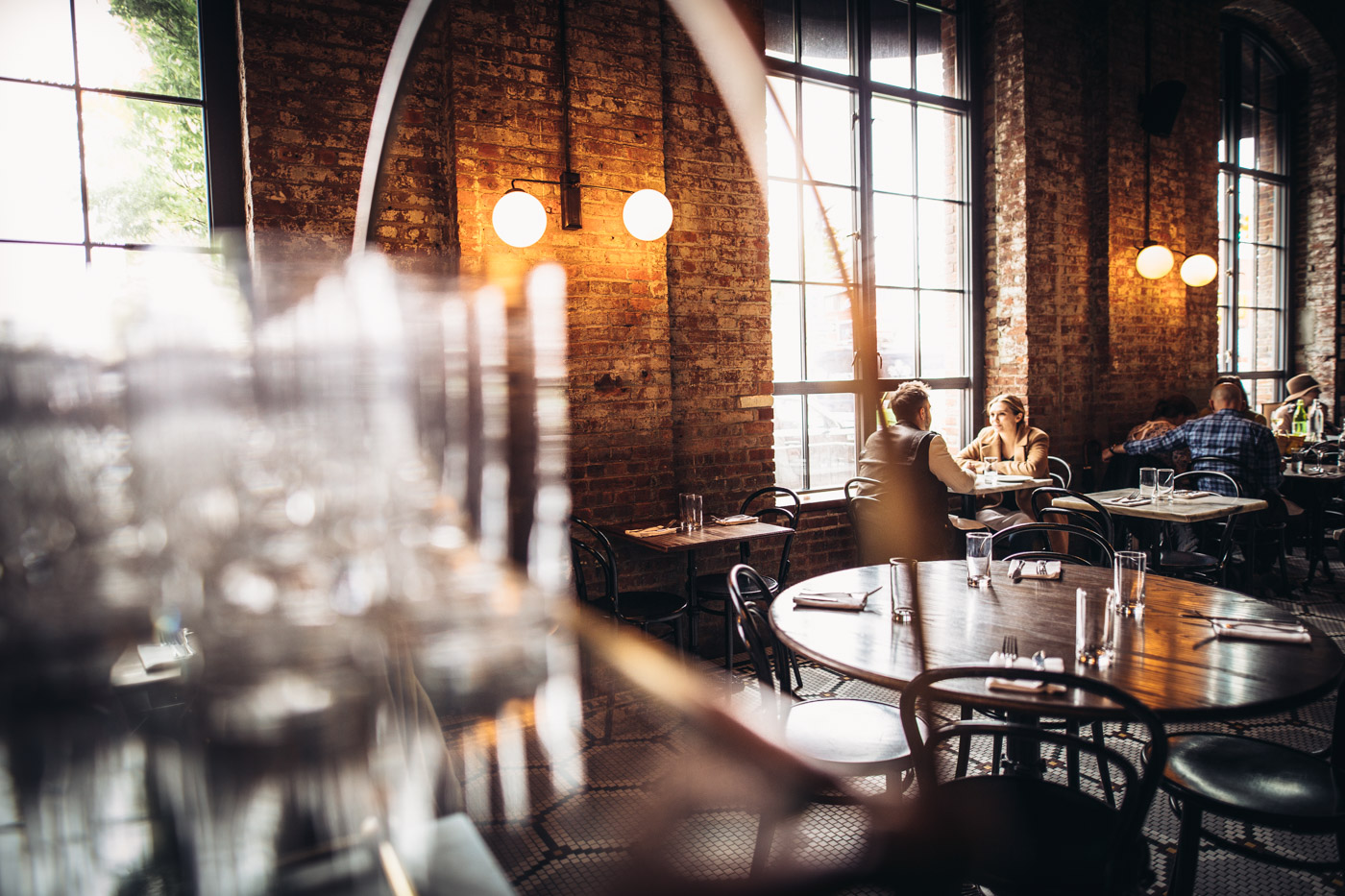
AD: Diner opened in 1999 when Brooklyn was a very different place. What was the neighborhood like?
AT: It was certainly a smaller community. As Brooklyn has become more brand identity—for lack of a better term—the community has expanded and there are people who come from all over the world, whereas in the early days of Diner, it was a bunch of people who felt a kinship to this place and to repurposing old spaces and rebuilding. Honestly, when we opened Diner, you could put all of the seats out on the sidewalk and I could have cooked dinner with an open fire on the sidewalk if I wanted to. There were no cars; there was no one down there.
Sean Rembold: If there was a car, it was probably on fire.
AT: It was a ghost town. The amazing thing is that you would walk in [to Diner] and there would be this small thumping room with all of these people jammed in, and you would go out and it would be crickets. When we opened, we had bars in the window in the restaurant.
AD: I imagine crime was out of control.
AT: It was lawless. At that time, the Lower East Side was still pretty sketchy—I’m over the bridge down by the water, and if that’s lawless and the East Village was sketchy, now I’m in a place where anything happens. We all commute—everyone uses the Williamsburg Bridge as a hub and it’s amazing as a transition, but back in the day, I would never ride my bike over the thing unless it was noon on a Tuesday. It was so scary.
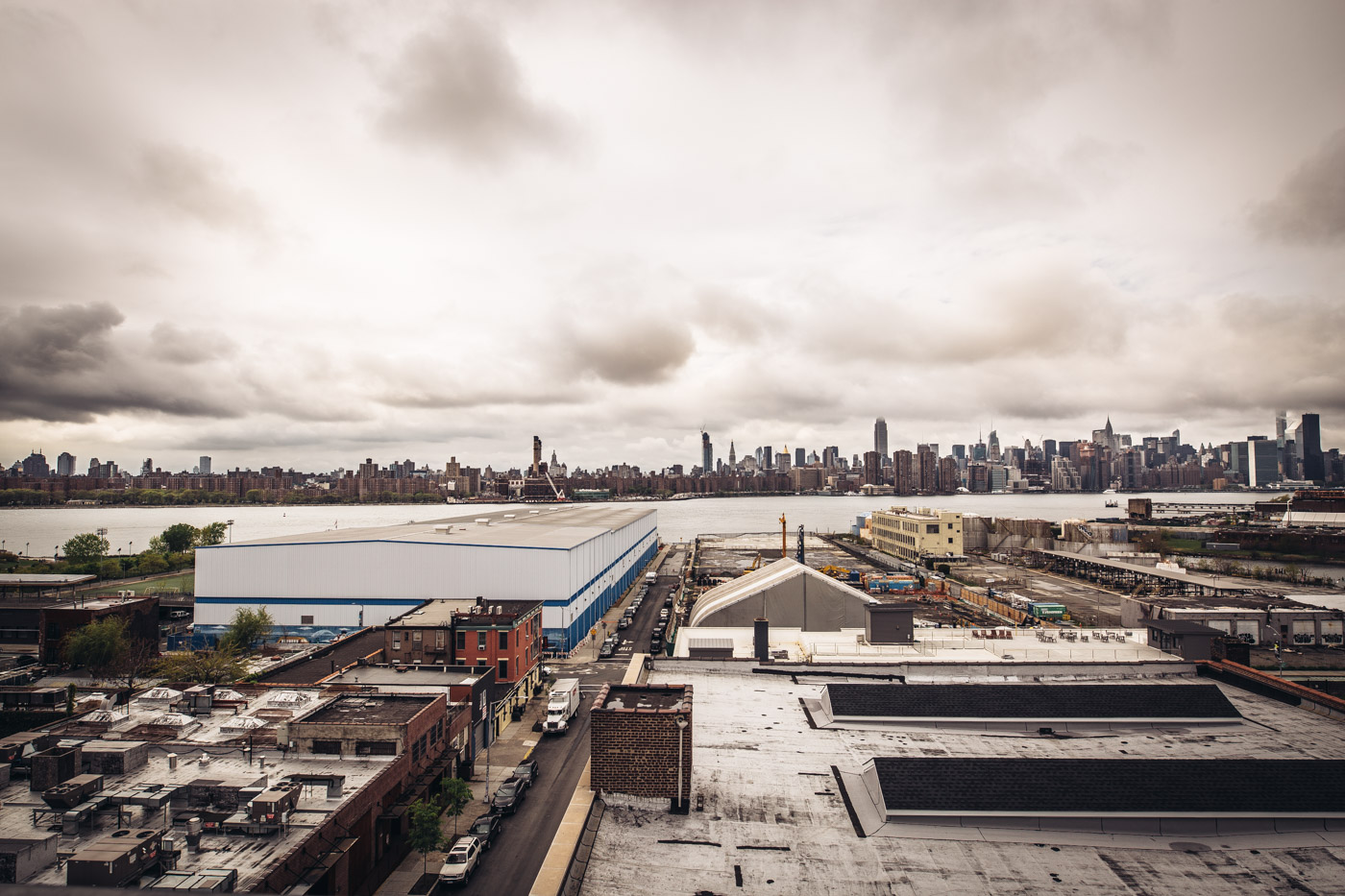
AD: Who were the people that were walking through Diner’s doors?
AT: For us specifically, the impetus, which we found when we opened Diner, was there were tons of artists living around us and none of them had kitchens; all of them were living basically illegally in lofts. The truth is, there was no center, place or pub where everyone could congregate and get to know each other. Even when I built Diner, I did not know there were that many people living around me because everyone was basically hiding—you didn’t want to get caught. We opened Diner’s doors and turned the lights on, and all of a sudden I had a hundred neighbors who I didn’t know and who all wanted to get to know each other.
SR: From the customer point of view, the people working at Diner were the stars of the show and they weren’t even trying to be. They were all amazing people in their own ways. When you ate there, maybe it was because they were writing specials on the table and there was this ease about things, but you became friends with them. They weren’t subservient to the guests; it was more like everyone was on equal playing fields.
AD: Several restaurants and a few years later, Wythe Hotel opens. How do you build community and culture in a place that is very different than it was during Diner’s beginning?
SR: I’ve only opened up this restaurant and Andrew has opened up many, so maybe he would say something different, but it seems like you get the doors open and you create the space and create the menu and then you wait and see who comes. And then you evolve with your customers and they become your family and they help dictate. I think that the community creates based on their needs, what they want to happen.
AT: We change the menu every day at pretty much all of the businesses; we are re-writing our own scripts. We are doing so much personal self-evaluation and assessment that it pushes us to evolve.
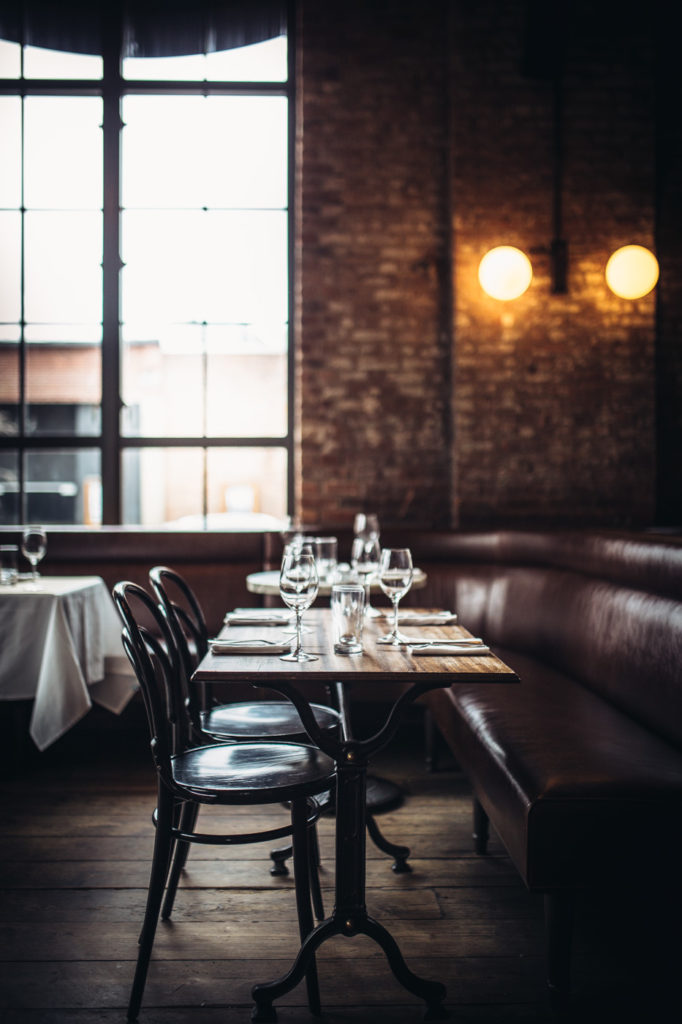
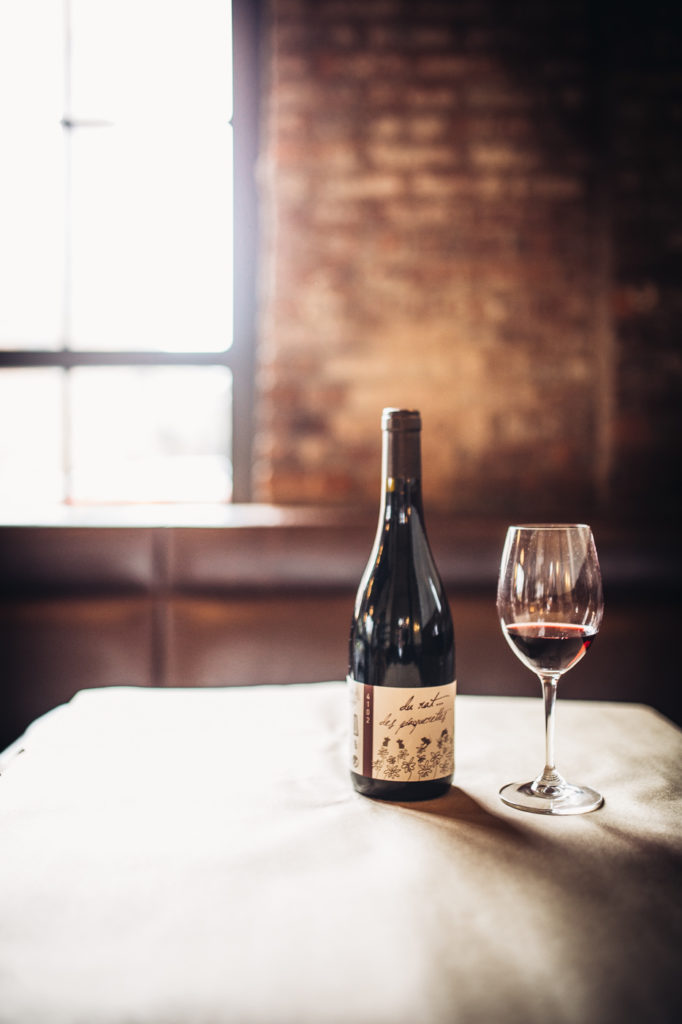
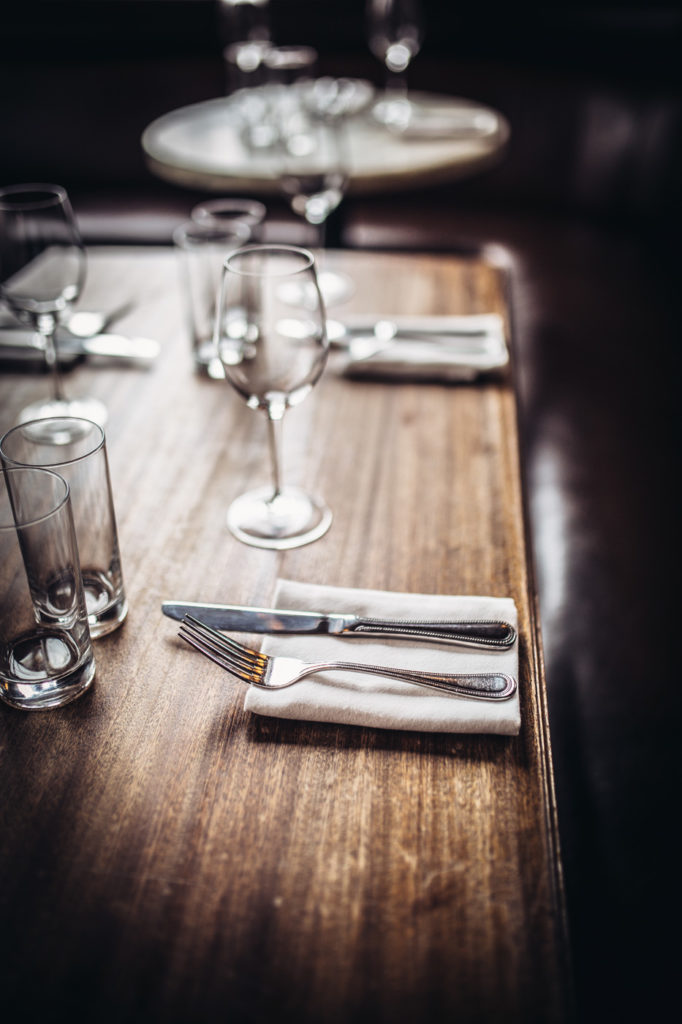
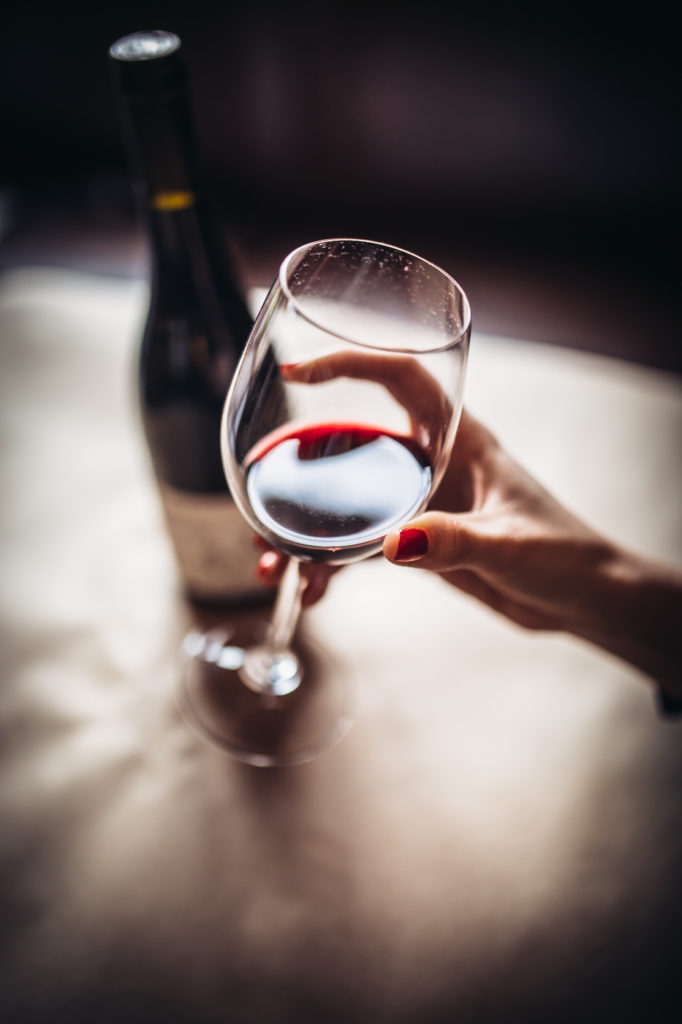
AD: What were you looking for in terms of aesthetic?
AT: One of the things I was looking to was the community. I really wanted the front of this hotel and the front of the restaurant to be the communal coming together point for everyone who stays in this hotel, and everyone in Williamsburg. The hotel—and this is obviously on purpose—does not have a real center. The center of this hotel is supposed to be, and is, Reynard.
SR: One term you never hear mentioned—and I don’t think I ever hear Andrew say this word—is concept. What is the concept of the menu and of the space? That’s what everyone else does.
AD: Without a concept, how do you define the food you’re serving? You have liberated yourself from the confinements of a box, but I assume that also comes with challenges.
SR: We certainly have somewhat of a skeleton or outline of the menu that we like to create. To be inspired by the geography and other cultures, whether European, South American, cooking with fire… because we’re not doing Nordic cuisine or molecular gastronomy—and there’s nothing wrong with those things—but those are confined in and of themselves. And here we try to be inspired by ingredients and the seasons. We season our food correctly, and we let the weather and the vegetables and produce design the menu for us.
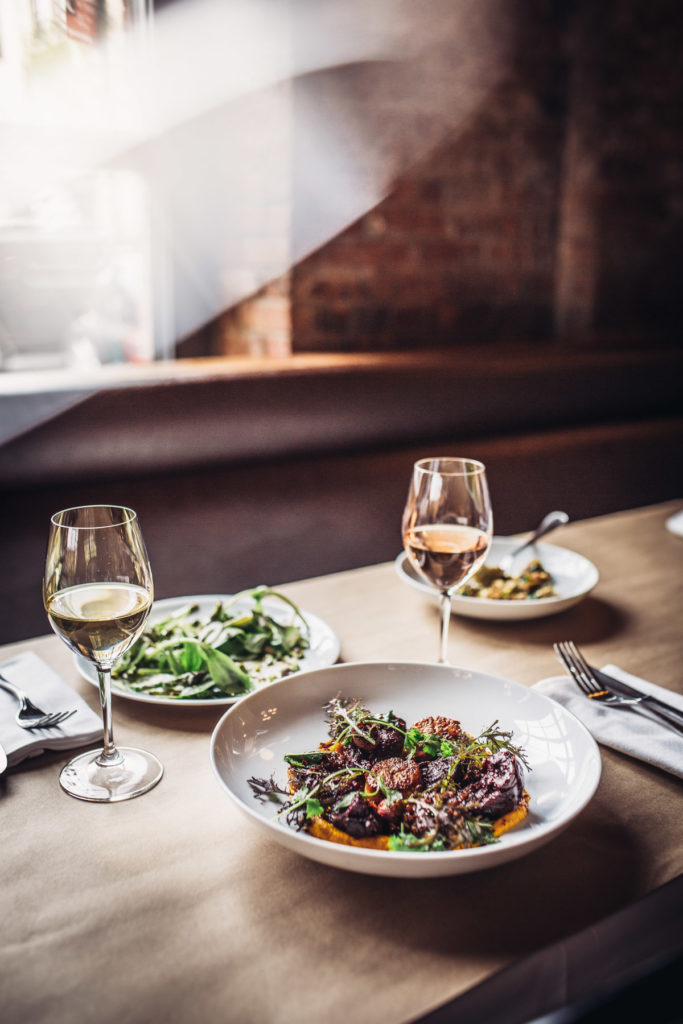

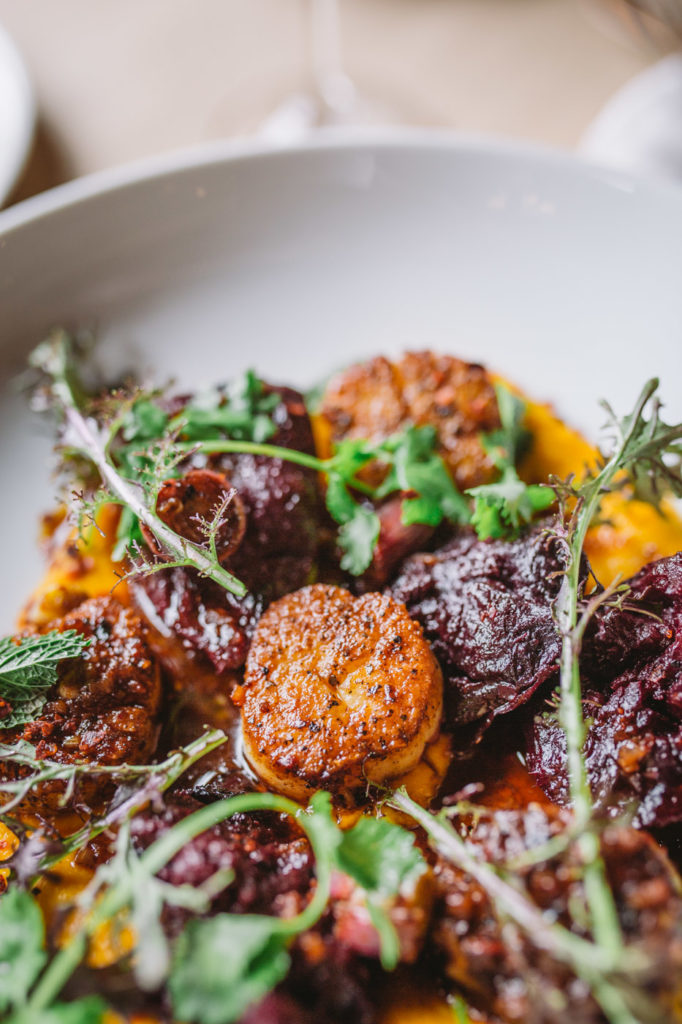
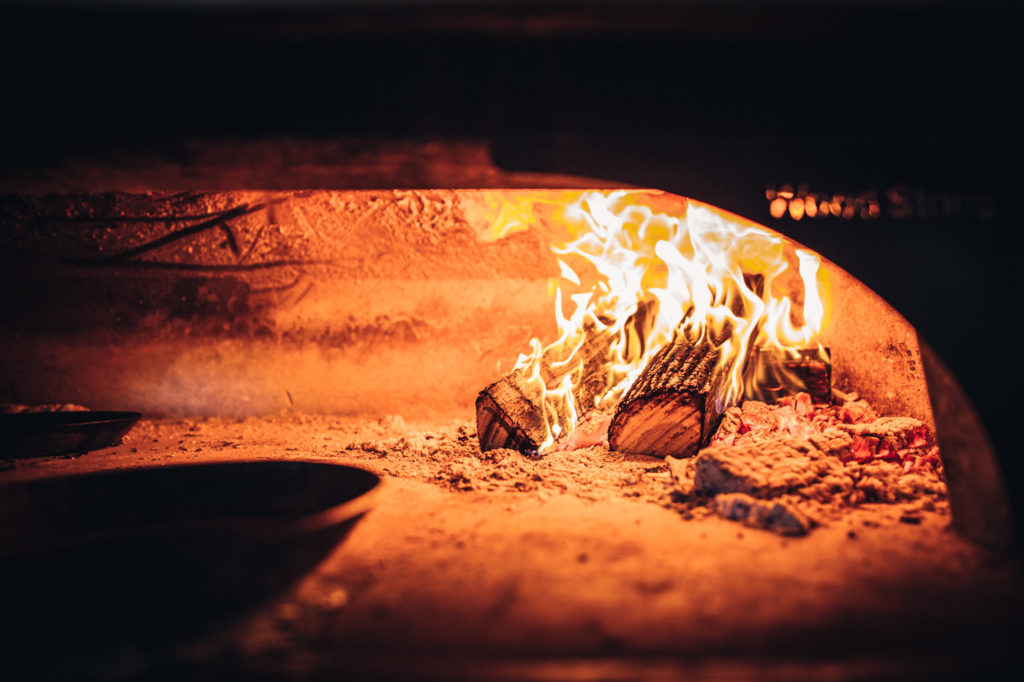
AD: What does the relationship look like with your local purveyors and farmers given how seasonal the menu is?
AT: When we opened Diner, you could not buy eggs locally at all. Now, we’re buying local and organic eggs for all of the businesses. We’ve seen all of our vegetable farmers—and we’ve known them the longest, probably—grow and pass their businesses onto their sons. And we’ve watched their sons now come up and take root, no pun intended.
SR: For us, from a cooking standpoint, we always look forward to working with new ingredients, whether it’s new seasonal ingredients, or we are speaking with a farmer about an herb we tried. We went to Nashville and visited a hydroponic herb garden where they were growing a thing called tangerine lace, which was herbaceous and in the marigold family. We went to some farmers we work with in Pennsylvania, and they asked if we wanted them to grow anything, so we told them about this. Those farmers came in about a month ago for dinner and thanked us for turning them on to it; they’ve sold out of it consistently all last season, and hadn’t known about it previously.
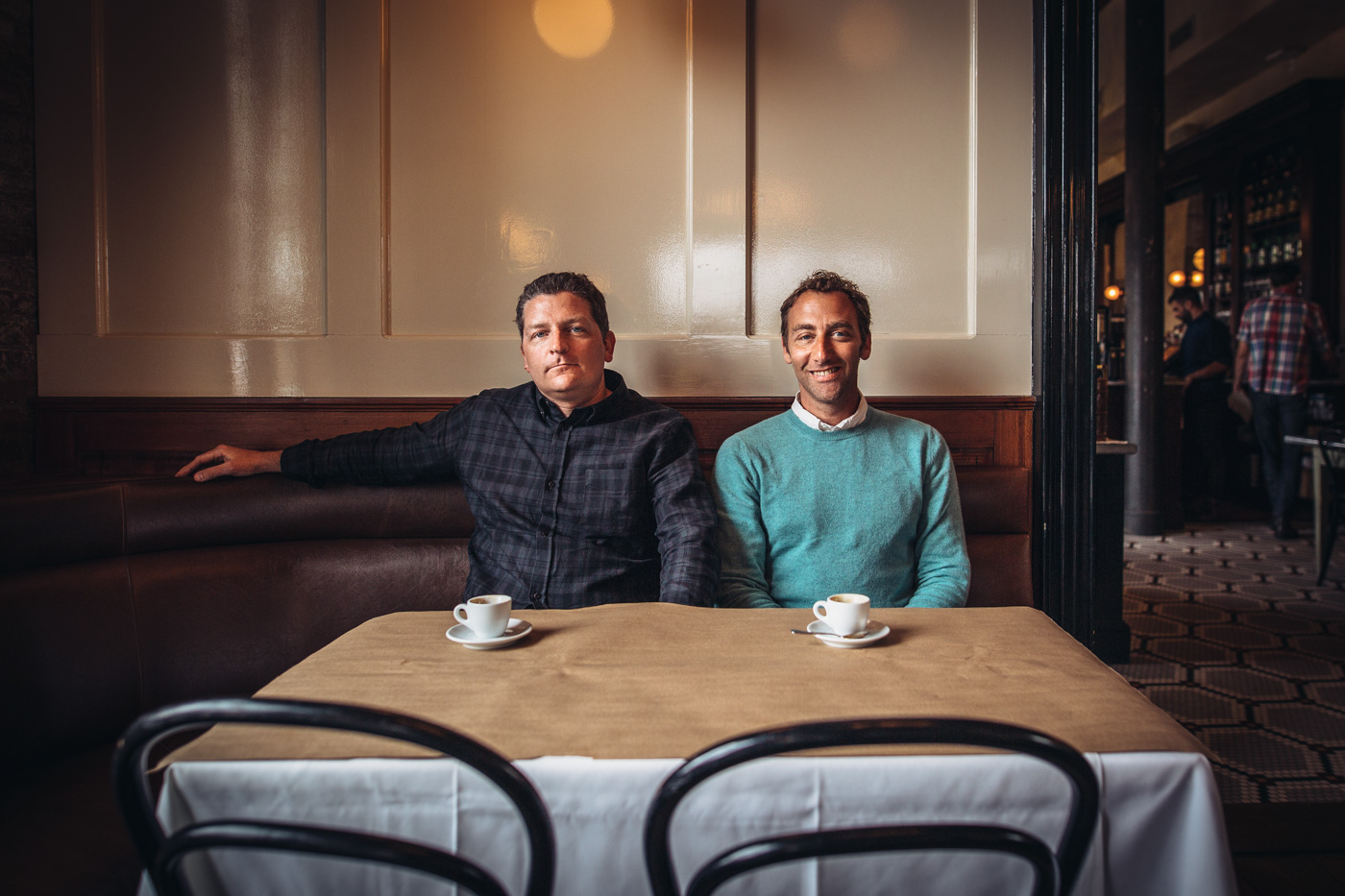
AD: What goes through your head when you walk into this space and see the community you helped cultivate?
AT: I don’t want to say that I pinch myself, but it’s exciting. It’s amazing to sit back and watch people smiling and talking. One of the pleasures of my job is to know I have been a part of this whole thing, and sometimes I can be anonymous and just see people partake and it’s running really well. It puts chills down your back. It’s an amazing thing.
SR: It’s pretty special. The people who do come and the artists we get in here are incredible. It’s a great community. I met my wife working at Marlow & Sons; she was a regular customer.
AT: Our two youngest kids go to school together.
SR: Our daughters are BFFs.
AT: Dangerously so.
SR: It’s pretty cute.
Sources for NYC Historical Information
NYC’s Police Department
Disaster Center’s New York Crime Rates
The National Bureau of Economic Research
Brooklyn Public Library





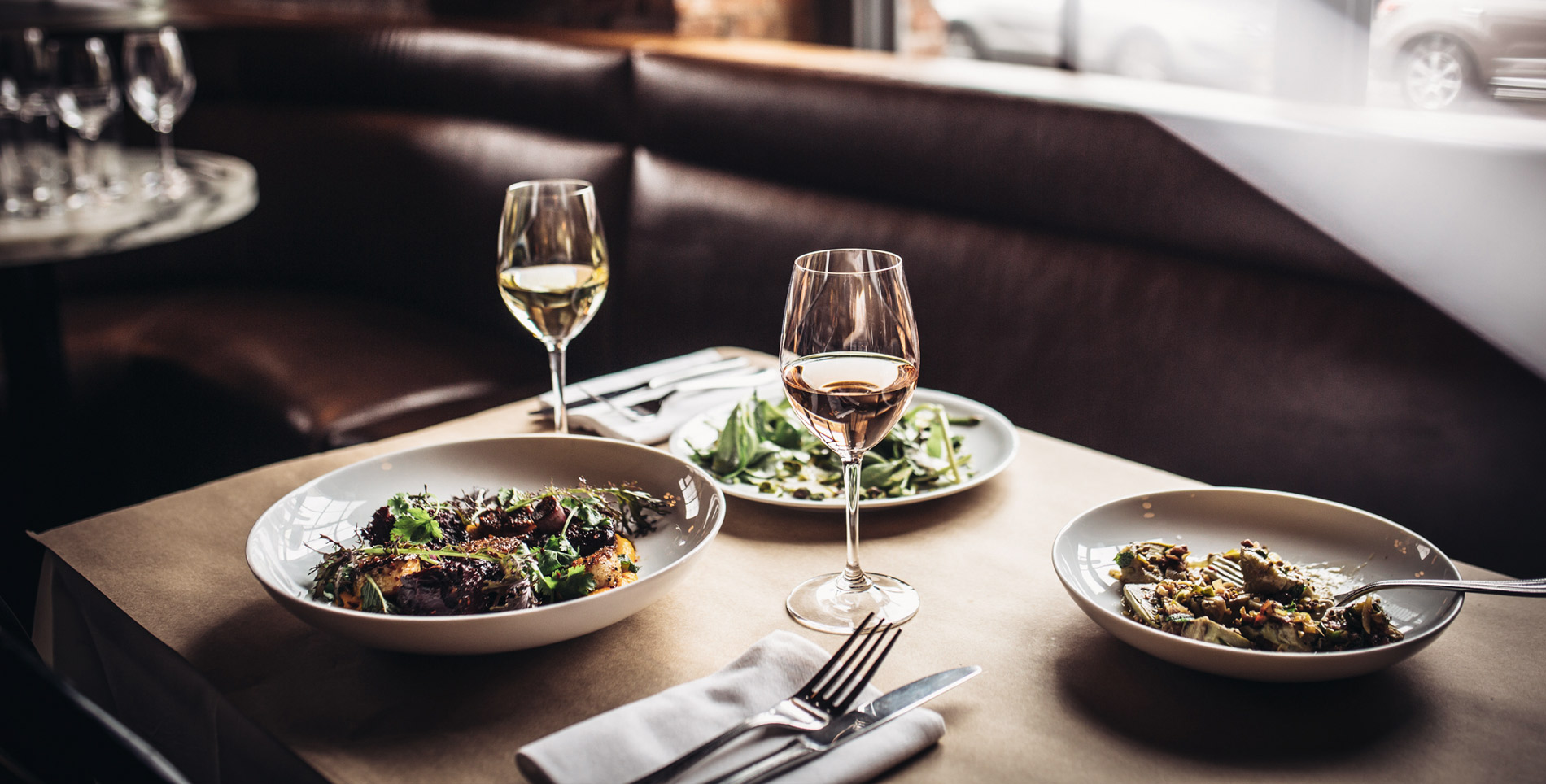

Our comments section is for members only.
Join today to gain exclusive access.